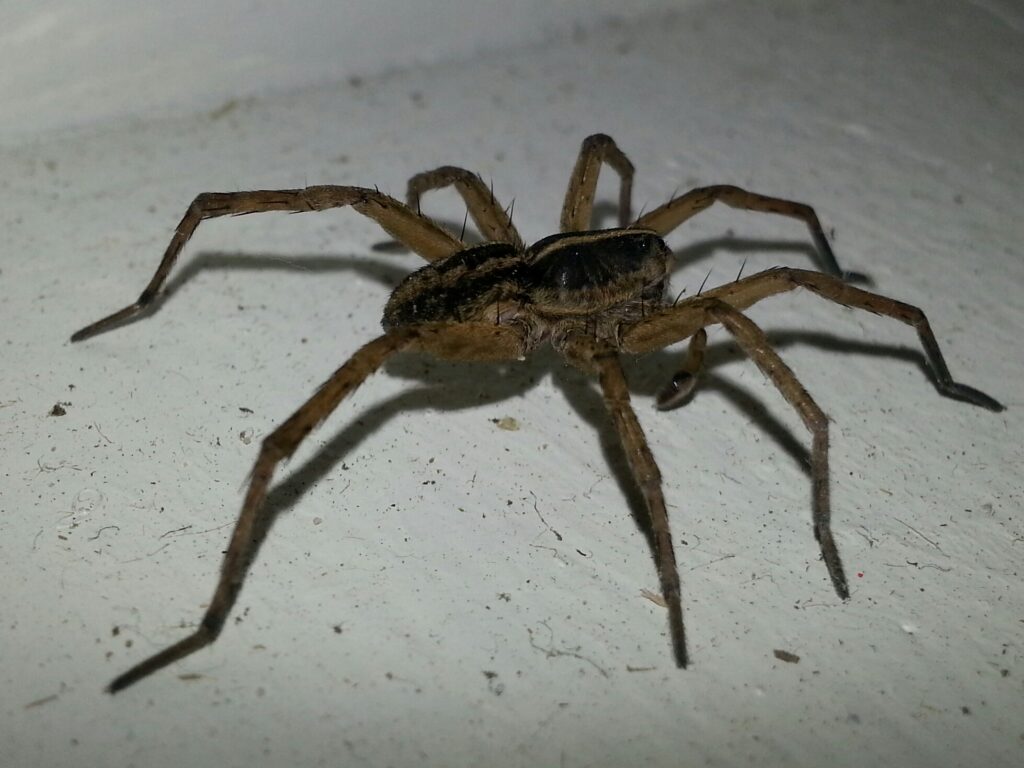 As summer unfolds, the diligent carpenter ants may decide to make themselves at home in your wooden structures, much like miniature architects with a knack for destruction. To combat this threat effectively, understanding the nuances of carpenter ant removal is crucial to protect your home.
Prevention reigns supreme when it comes to thwarting an infestation. By enlisting the expertise of Truly Nolen's professional pest control services in Waterloo, you can fortify your defences against these persistent intruders. Identifying a carpenter ant nest is key in shielding your dwelling from the structural havoc these ants are capable of wreaking.
Rest assured, there exist robust and eco-conscious strategies at your disposal. These meticulously designed solutions not only safeguard your home's integrity but also uphold the delicate balance of the local ecosystem.
As summer unfolds, the diligent carpenter ants may decide to make themselves at home in your wooden structures, much like miniature architects with a knack for destruction. To combat this threat effectively, understanding the nuances of carpenter ant removal is crucial to protect your home.
Prevention reigns supreme when it comes to thwarting an infestation. By enlisting the expertise of Truly Nolen's professional pest control services in Waterloo, you can fortify your defences against these persistent intruders. Identifying a carpenter ant nest is key in shielding your dwelling from the structural havoc these ants are capable of wreaking.
Rest assured, there exist robust and eco-conscious strategies at your disposal. These meticulously designed solutions not only safeguard your home's integrity but also uphold the delicate balance of the local ecosystem.
Meet the Culprit: Carpenter Ants
Unlike their pantry-dwelling relatives ferrying crumbs to their ant metropolis, carpenter ants are formidable woodworkers capable of tunnelling through your home's framework unnoticed. Sweeping them away with a broom won't suffice; a thoughtful and proactive approach is essential for both prevention and eradication. Carpenter ants operate stealthily, nesting in damp or compromised wood over extended periods. Detecting them can be challenging as they leave no crumb trails; instead, they carve clean tunnels, jeopardizing the structural soundness of the timber they inhabit. Given time and numbers, these ants can undermine your house's stability, leading to substantial repair costs. However, early detection and intervention can mitigate significant damage and preserve your home's structure effectively.A Careful Inspection of Vulnerable Areas
Knowing that carpenter ants are attracted to moisture and wood that's already been compromised, it's time to don your home detective cap and get to work. Ground-contact wood is a prime entry point for carpenter ants. This includes any debris near or under your house that could provide both entry and a comfortable, secluded damp area for the colony. Damaged or improperly maintained water systems can create the perfect environment for our unwanted guests to set up home. This can be anything from leaky pipes to unsealed windows or roofing. Be conscientious of any wood in your home that could be susceptible to dampness or damage. Attics, basements, and crawl spaces are the usual suspects but don't forget about the subtler wood damage that can occur in foundation and eaves.Maintaining a Home Unattractive to Ants
Your home doesn’t have to be a page out of a carpenter ant's favourite nesting guide. By implementing some home maintenance chores, you can discourage these problematic pests from taking up residence. Ensuring that your home is dry and well-ventilated protects it from a host of problems—none more significant than carpenter ants. Regular checks for leaks and a robust insulation system can save you from undetected water damage and the pests that follow. Wood should be properly treated and sealed. This not only protects it from water damage but also from aging and decay, which are key attractants for carpenter ants. If you're renovating or adding on to your home, be sure to take all necessary precautions to keep your spaces safe. That means using treated wood and keeping moisture out, even while construction is ongoing.

